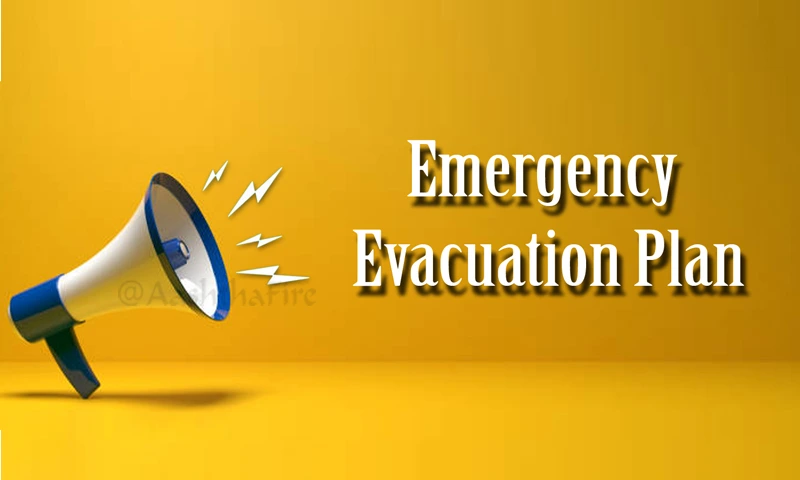TYPES OF EVACUATION
STAGED EVACUATION
The staged evacuation basically involves immediate evacuation of everyone on the premises to the assembly point, as soon as the fire alarm sounds. For this type of evacuation, the design of the building must cater with the means of escape, even if one exit route is compromised. In addition, the width of the staircases should be sufficient to keep the flow of the occupants, from any floor, down the stairs to the exit and the passage should be free from any restrictions.
PHASED EVACUATION
The phased evacuation basically involves evacuation of different areas of the premises in a
controlled sequence of phases, evacuating those who are at greater risk first, remaining
occupants
being alerted but should stay in the building unless the fire develops and spreads.
In order to achieve phased evacuation, the following needs to be
implemented:
- Every floor must act as a compartment
- The lobbies approaching the means of escape must have fire protection
- Automatic fire detection and alarm system needs to be installed in all floors
- Public addressing systems are recommended
- Comprehensive staff training is inevitable
Key Aspects of Evacuation
| Aspect | Staged Evacuation | Phased Evacuation |
|---|---|---|
| Evacuation Process | Immediate evacuation of all occupants | Controlled, phased evacuation based on risk levels |
| Speed of Evacuation | Rapid, all occupants leave at once | Gradual, with prioritized evacuation of higher-risk areas |
| Building Design | Requires sufficient exit routes and clear passageways | Requires compartmentalization, fire protection in escape routes |
| Fire Protection | Focus on clear evacuation routes | Lobbies and floors need to be fire protected and compartmentalized |
| Alarm & Communication | Standard alarm system | Requires advanced fire detection, alarm, and public addressing systems |
| Staff Training | General evacuation protocols | Detailed and comprehensive training for staff |
Importance of Phased Evacuation
Controlled Evacuation
Phased evacuation allows for the safe and orderly evacuation of a large number of people, reducing bottlenecks.
Avoiding Congestion
Evacuating in stages ensures that escape routes remain clear, avoiding overcrowding and ensuring a smoother exit.
Reducing Panic
By structuring the evacuation, confusion and panic are minimized, ensuring an organized and calm response.
Early Evacuation of High-Risk Occupants
Phased evacuation prioritizes those most at risk, such as people on higher floors or with mobility challenges, ensuring their safety first.
